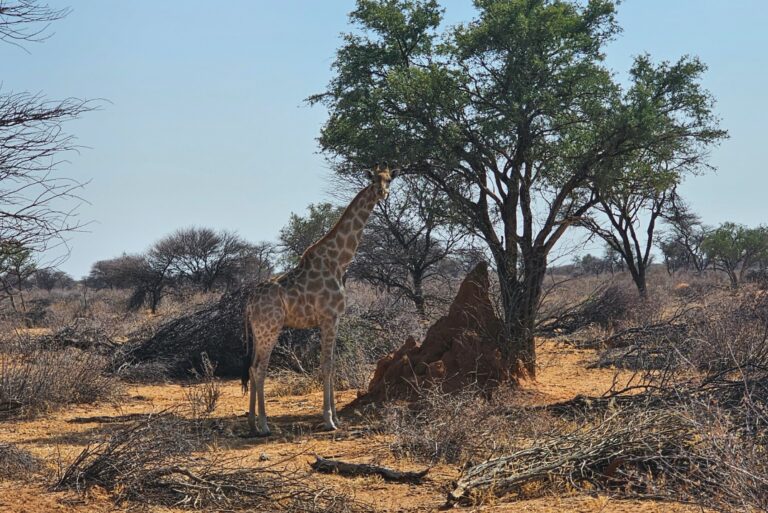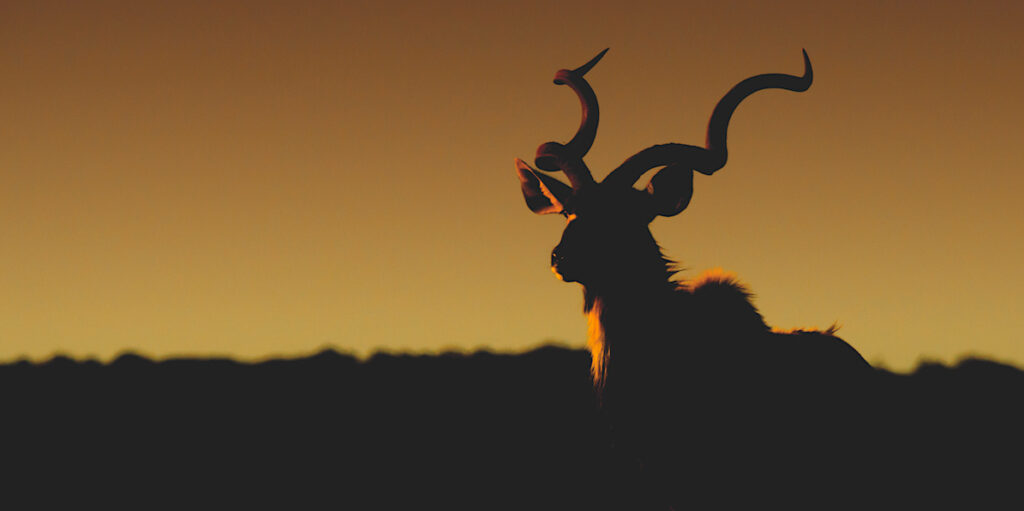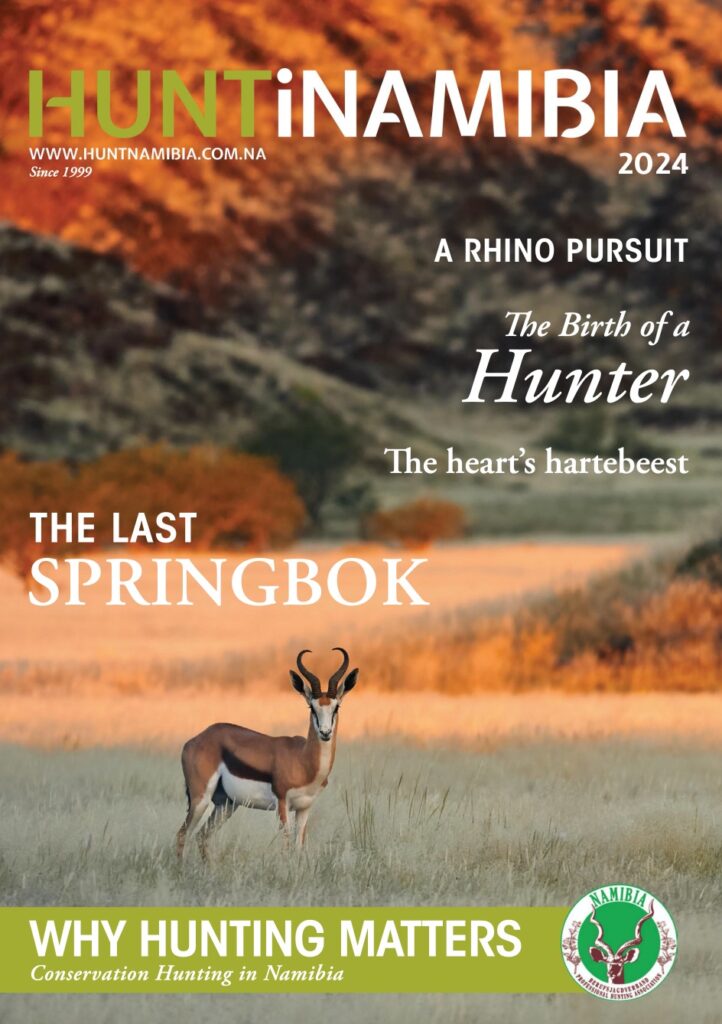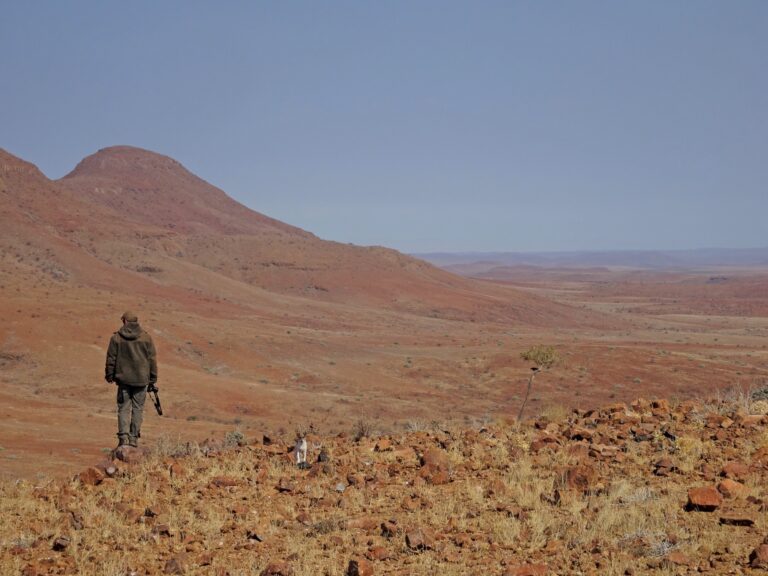When reminiscing about our childhood days in Namibia, we fondly remember witnessing majestic kudu bulls gracefully leaping across the roads or proudly surveying the hills nearby. However, over the years, these awe-inspiring sightings have become increasingly scarce. The furniture in old farmhouses, crafted from the horns of these magnificent animals, serves as a constant reminder of their grandeur and the prevailing sentiment that “you don’t see them that big these days anymore.”
Such comments are not uncommon, especially while looking through the old hunting record books on the farms. Non-trophy hunters lament that “the good genes are all taken to hang on a wall somewhere”. It is evident that conservation is crucial to sustainably utilise Namibia’s wildlife and preserve its beauty for future generations. Recognising this, the Namibia Professional Hunting Association (NAPHA) made a significant step in adopting the Age-Related Trophy Measurement (ART) as its official measurement system in 2019.
The ART system, which was developed by the Erongoverzeichnis working group, addresses the concern of harvesting large trophies before these animals can effectively pass on their genes to future generations. Conservation, in this context, involves the selective off-take of animals that have had their time, allowing them ample opportunity to pass on their genes to the generations seen by our children and grandchildren. The ART system focuses on the three crucial stages in an animal’s life: premature, prime, and past-prime. The aim is not to penalise hunters who took prime trophies, but rather to reward those who pursued older animals despite smaller trophy sizes due to wear and tear, and to discourage the hunting of premature animals.
Initially there was resistance to the seemingly new system in the community. However, NAPHA did not seek to reinvent the wheel: it built and improved upon the existing Namibian quality control measurement system (NQS). The vast and diverse landscape of Namibia necessitated a flexible approach, as animals in different vegetation zones age differently. Therefore, ART moved away from age classification in years and focused on the three critical stages in an animal’s life.
After nearly fifty years of dedication to conservation, NAPHA decided to strictly enforce the ART system, reaffirming its commitment to preserving Namibia’s wildlife. The decision was not taken lightly. The executive committee was aware of potential resistance and its potential impact on NAPHA medal sales – a significant source of income for the association and its Hunters Support Education (HSE) subcommittee.
HSE is an essential part of NAPHA, focusing on educating children and teenagers about the vital role nature plays in our lives. By taking children, who haven’t had the opportunity to experience Namibia’s bush and wildlife, into the field, HSE aims to foster the next generation of game wardens and conservationists while instilling a profound respect for nature.
NAPHA, founded in 1974, not only promotes ethical and sustainable hunting but also serves as a voice for Namibian hunting professionals, transcending the borders of our beloved country. The funds generated through medal sales and other fundraising initiatives help raise international awareness about the importance of conservation based on sustainable hunting. In a world where the hunting community faces global criticism, NAPHA’s commitment to adapting and improving the trophy measurement system sets a precedent – emphasising that conservation is of utmost importance, and the experience of a satisfying, sustainable hunt holds more significance than a mere trophy on a wall.
In an era where nature is an endangered commodity, ethical hunters recognise the need to honour the creator within the creature. They understand that knowing when to take an animal and when to let it go is vital in preserving the delicate balance of wildlife and nature for the generations to come.






